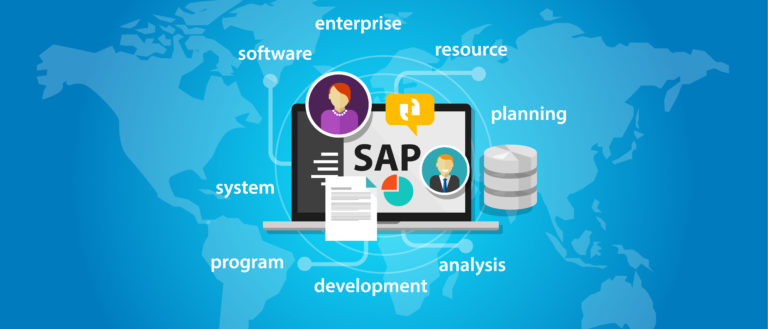In many companies, especially manufacturing companies, the biggest impact area of a BPM Software implementation is normally around the edges of the company’s enterprise resource planning. To many managers, this may seem counterintuitive. After all, isn’t the purpose of the ERP to solve the company’s process problems?
Unfortunately, it is not that simple. The ERP represents a goliath piece of software in most manufacturing firms. As such, the ERP almost always represents the biggest part of annual software spend for large manufacturing firms (see this analysis of a typical ERP spend). Unfortunately for these companies, the ERP does not end up solving the entire problem. In fact, due to the complexity of the ERP software itself, it often creates a need for more software to automate tasks in and around the ERP. This is certainly not the news that CFOs and CEOs want to hear, but it is true.
It is not too difficult to guess who the biggest culprit is. That’s right…SAP. It is not that Oracle and others don’t cause the same problems (Here is a report comparing ERPs, including SaaS ERP). Nor is it that SAP does not do a good job at what it does. SAP is the ERP market leader for a reason. It is extremely stable, highly secure, and used throughout the world. However, on the flip side, SAP is extremely complex (we are talking about SAP ERP and not SAP Business One). This complexity is also very costly. Making changes and modifications in SAP almost always requires a team of very expensive SAP consultants.
This is where a powerful yet nimble BPM system like ProcessMaker BPM Software can solve a lot of problems. After spending many millions of dollars and several years on an ERP implementation, be it SAP or another, CFOs are understandably reluctant to embark on the installation of more unnecessarily complex software. BPM does not have to be complex nor does it have to be expensive. However, there are a few key things that buyers need to look at carefully when looking at closely integrating a BPM system with an existing ERP:
- API – How good is the API on both sides? Is it easy to use? Is it highly responsive? Is it well documented?
- Flexibility with Interfaces – This is often overlooked. A great API is very important but often times additional interfaces will need to be added to one or both of the systems. How will this be done and what tools are available to make this easy to do?
- Elegance & Simplicity – ERPs are already too complicated. If you are adding another system to make tasks in the ERP easier then you will want this system to be lightweight and simple to use. Look for something that is intuitive, does not have a lot of different parts that you have to somehow “fit together,” and has a short learning curve.
The processes that most manufacturing companies create with a BPM to integrate into the ERP will often sound a lot like the very things that the ERP is supposed to do. In fact, oftentimes they are. The difference is in the way it is done and at what cost it can be done. The secret to efficiently leveraging the BPM when integrated with an ERP is in making good use of web service users and then moving user interface points from the ERP to the BPM. Assuming that your cost per user in the BPM is lower than in the ERP and assuming that interface development in the BPM is easier than in the ERP, this can result in a big savings.
Here are some of the processes that tend to work well in a BPM that is integrating with your ERP:
- Customer Price Change Request
- Master Data Creation Request
- SAP Transport Order Management
- SAP Data Change Request Process
- Goods Transportation Request Process
- Premium Freight Application
- Supplier Creation and/or Modification Approval Process
- Simulation Work Request
- Test Lab Requests
- Non-Conformity Charge Process
- Promotion Cost Approval Workflow
- BOM Modification Request in SAP
- Routing Time Change Request for SAP
- Marketing Sample Request
- Manual Invoice Approval Request
Of course, this list is not at all exhaustive, but it will give you a good way to start thinking of the many areas that you may want to use a BPM system to intersect with and complement your ERP system.





